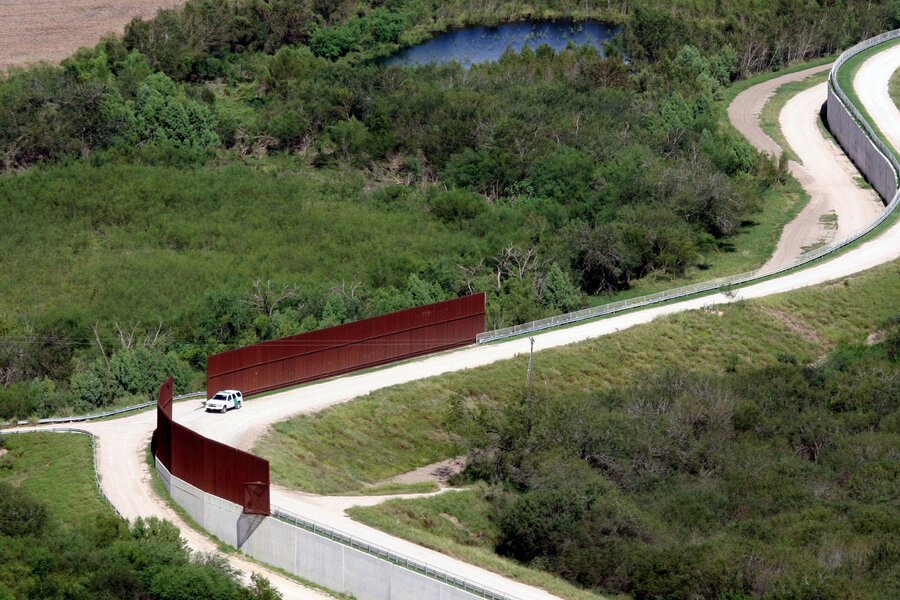Shelters for migrant children to open in Texas, California
| Dallas
A new spike in unaccompanied Central American minors crossing illegally into the United States is pushing federal officials to open shelters in Texas and California.
A total of 10,588 unaccompanied children crossed the US-Mexico border in October and November, more than double the 5,129 who crossed during the same two months last year, according to the US Border Patrol. The number of family members crossing together has nearly tripled, to 12,505.
Increasing gang violence is pushing people out of Central America, said Maureen Meyer, a senior associate for Mexico and migrant rights at the Washington Office on Latin America.
"We need to look at this as much more a refugee situation," she said. Migrating through Mexico and across the US border is very dangerous, but "the level of desperation" in their home countries is making families decide it's worth the risk, she said.
Incoming family groups are usually sent first to detention centers, and adult migrants are often jailed when they are apprehended, but children traveling alone need special treatment under federal law, so officials plan to open at least three shelters — two in Texas and one in California — to accommodate them.
The additional beds will enable the US Health and Human Services Department to shelter up to 9,800 unaccompanied minors at a time.
"What we don't want to have happen is have a backup of people" at the border, agency spokesman Mark Weber said. "We are making sure we have the capacity in place to take care of the children."
By law, the Border Patrol has 72 hours to turn unaccompanied minors from Central America over to Health and Human Services, which is then responsible for their care until they are placed with a sponsor or have an immigration hearing.
Border crossings have not reached the levels of two summers ago, when a migrant surge prompted Texas officials to deploy the National Guard. More than 10,000 children arrived in the United States that June alone.
Still, the numbers began to pick up again this June, and have remained high since then. It remains to be seen whether this is a true resurgence, but Meyer says it is a telling sign that more families and children are coming during fall and winter months, when migration generally slows down.
As many as 1,000 of the children will stay at two rural camps outside Dallas: the Sabine Creek Ranch in Rockwall County and the Lakeview Camp and Retreat Center in Ellis County.
Lakeview's executive director, Jaroy Carpenter, announced that a team of 200 adults are ready to work with new arrivals at the camp.
"While here, these students will experience recreation, education, church services, and other typical camp programming," Carpenter said in a letter on the camp's website. "It is an absolute privilege that we have the facility, infrastructure, and support to coordinate such an opportunity in service to displaced children."
US Rep. Joe Barton, a Texas Republican who represents Ellis County, said he expects the children to stay no more than 21 days, and that local authorities will hire off-duty police officers or sheriff's deputies to help with security.
Barton said he's against keeping the children in North Texas, and would support requiring unaccompanied minors to be returned immediately to their home countries.
"As soon as we do change it, you won't have these thousands and thousands coming," Barton said. "They're coming because they've found a back-door way into the country. If we close that back door, they won't try to come."
Some Texas officials said they weren't consulted beforehand, and that security is a concern. Judge David Sweet, Rockwell county's top administrator, said Thursday he's been told that 300 children, all from Central America, are arriving in his county.
"It goes without saying that we're very sensitive (to) the plight of unaccompanied children," Sweet said. But, he added, public safety "has to be my No. 1. Public safety has to be first and foremost."






